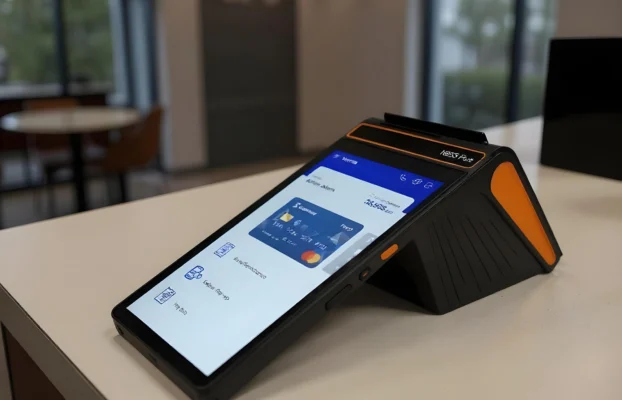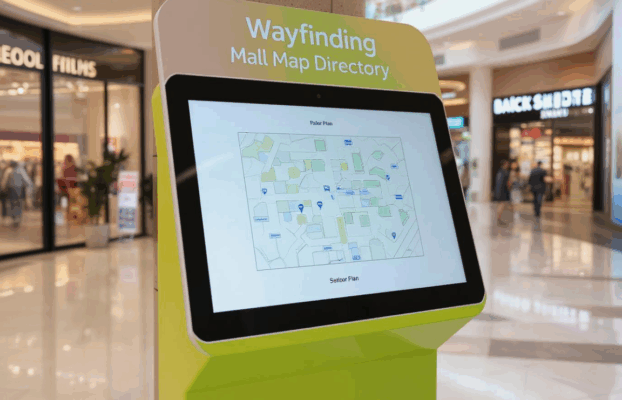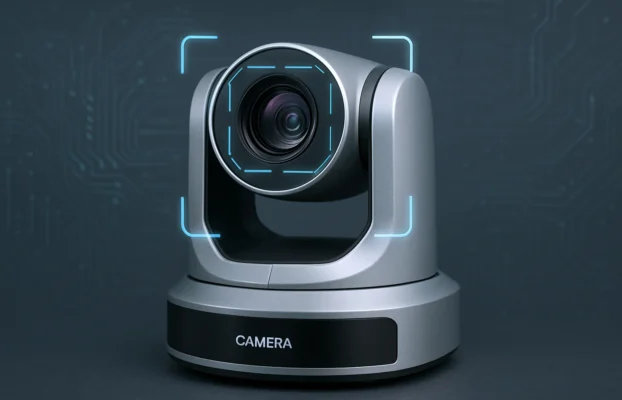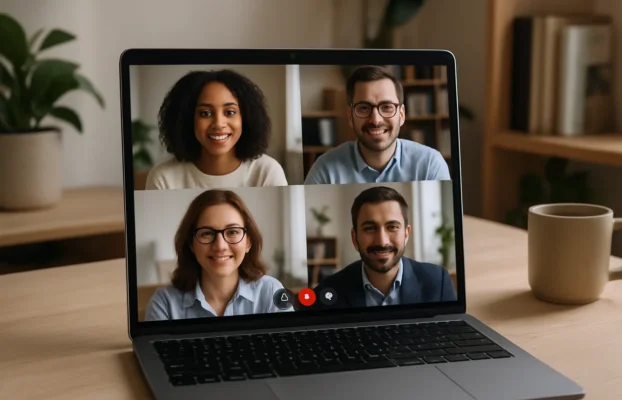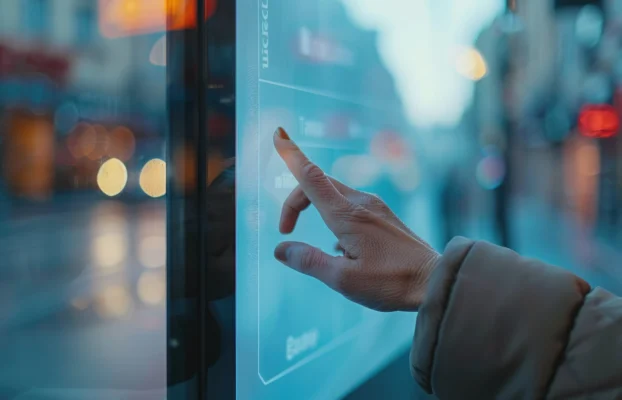A virtual classroom is an online learning environment that permits live interaction between the tutor and the learners as they are participating in discovering activities. Virtual classroom needs to be connected to synchronous online learning, which occurs in genuine time and offers the participants with an experience very near-standard face-to-face mentor.
In other words, the virtual classroom is a shared online area where the learners and the tutor work together all at once. Typically, these interactions take place through video conferencing. The individuals have tools to present learning material in various formats, in addition, to execute collective and specific activities. In this type of interaction, the teacher has a particularly crucial role as the mediator who guides the learning procedure and support system activities and conversations.
Common tools in a virtual classroom
- Videoconferencing
- Online whiteboard for real-time collaboration
- Desktop Sharing
- Instant messaging tool
- Smartboard for annotation
- Participation controls
- Breakout rooms
- Lecture tracking system
New Pedagogical Methods
Mentor and knowing in a virtual classroom provide an experience similar to the physical one, it needs new pedagogical methods and a redesign of the training model that includes the following characteristics:- Virtual Classroom's high Interactivity
- Collaborative Learning
- Student-Centered Instruction
- Variety of Content Presentation and Learning Activities
- Emotionally Safe Environment
- Favorable and Constructive Feedback

